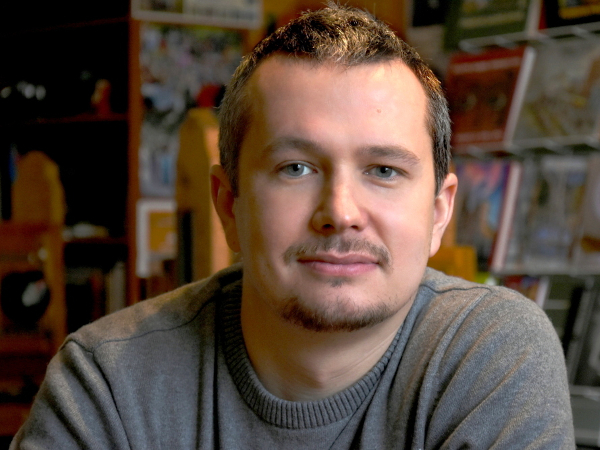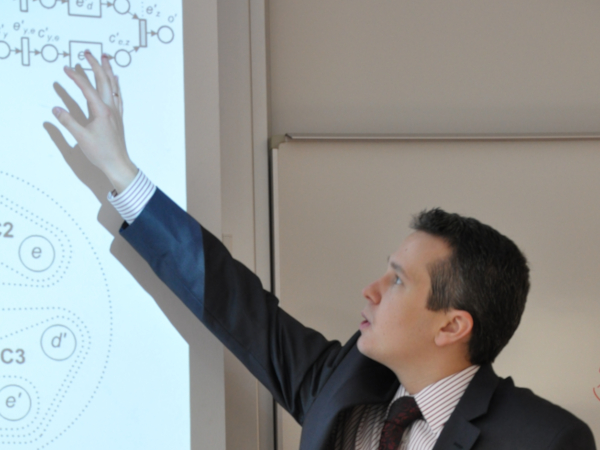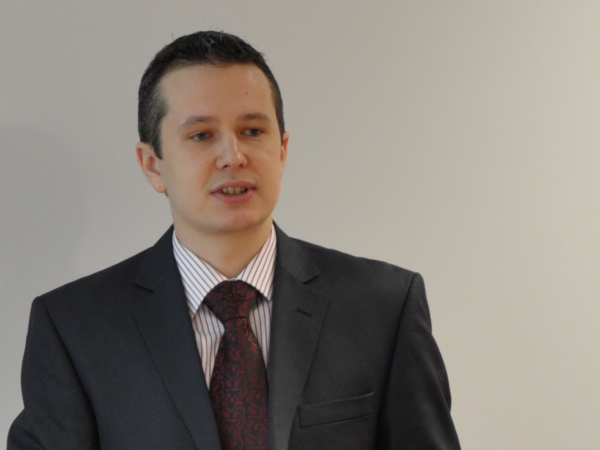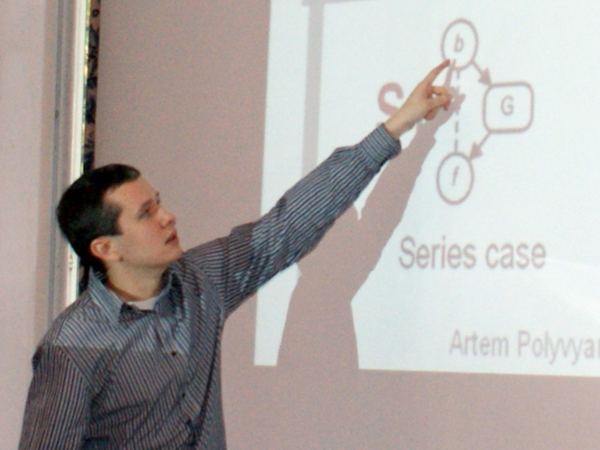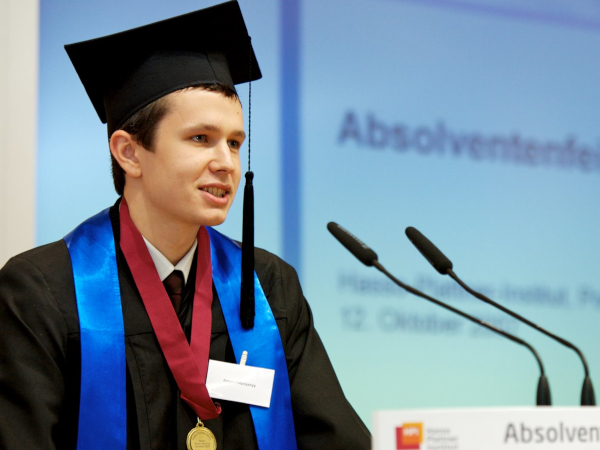DISSERTATION: STRUCTURING PROCESS MODELS
Author: Artem Polyvyanyy
Institute: University of Potsdam, Germany
Presentation date: 14 March 2012
Publication date: 21 March 2012
Keywords: Structuring , Well-structuredness , Process , Behavior , Modeling
Abstract
One can fairly adopt the ideas of Donald E. Knuth to conclude that process modeling is both a science and an art. Process modeling does have an aesthetic sense. Similar to composing an opera or writing a novel, process modeling is carried out by humans who undergo creative practices when engineering a process model. Therefore, the very same process can be modeled in a myriad number of ways. Once modeled, processes can be analyzed by employing scientific methods.Usually, process models are formalized as directed graphs, with nodes representing tasks and decisions, and directed arcs describing temporal constraints between the nodes. Common process definition languages, such as Business Process Model and Notation (BPMN) and Event-driven Process Chain (EPC) allow process analysts to define models with arbitrary complex topologies. The absence of structural constraints supports creativity and productivity, as there is no need to force ideas into a limited amount of available structural patterns. Nevertheless, it is often preferable that models follow certain structural rules.
A well-known structural property of process models is (well-)structuredness. A process model is (well-)structured if and only if every node with multiple outgoing arcs (a split) has a corresponding node with multiple incoming arcs (a join), and vice versa, such that the set of nodes between the split and the join induces a single-entry-single-exit (SESE) region; otherwise the process model is unstructured. The motivations for well-structured process models are manifold: (i) Well-structured process models are easier to layout for visual representation as their formalizations are planar graphs. (ii) Well-structured process models are easier to comprehend by humans. (iii) Well-structured process models tend to have fewer errors than unstructured ones and it is less probable to introduce new errors when modifying a well-structured process model. (iv) Well-structured process models are better suited for analysis with many existing formal techniques applicable only for well-structured process models. (v) Well-structured process models are better suited for efficient execution and optimization, e.g., when discovering independent regions of a process model that can be executed concurrently.
Consequently, there are process modeling languages that encourage well-structured modeling, e.g., Business Process Execution Language (BPEL) and ADEPT. However, the well-structured process modeling implies some limitations: (i) There exist processes that cannot be formalized as well-structured process models. (ii) There exist processes that when formalized as well-structured process models require a considerable duplication of modeling constructs.
Rather than expecting well-structured modeling from start, we advocate for the absence of structural constraints when modeling. Afterwards, automated methods can suggest, upon request and whenever possible, alternative formalizations that are "better" structured, preferably well-structured. In this thesis, we study the problem of automatically transforming process models into equivalent well-structured models. The developed transformations are performed under a strong notion of behavioral equivalence which preserves concurrency. The findings are implemented in a tool, which is publicly available.
Artem Polyvyanyy
Structuring Process Models
University of Potsdam, Potsdam, Germany, January, 2012.
